Death Inc: Ambient's Jonny Hopper on bringing colour to the plague
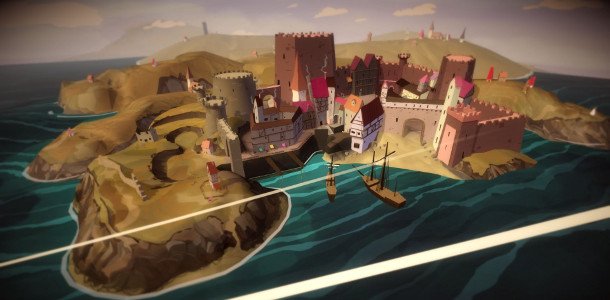
Ambient Studios are something of a Guildford development supergroup. Founded in 2011, the team is comprised of former members of Media Molecule, Lionhead and Criterion. Their first game, Death Inc. - currently seeking Kickstarter funding - is a part strategy and part management sim about spreading plague in 17th century England. It's main character is Grim T. Livingstone, formerly an Assistant Underreaper at the Ministry of Mortality. Fed up with with the Ministry's soulless methods of collecting souls, he breaks out and starts the eponymous Death Inc. In a sense, he's also gone indie.
"It was quite attractive to us in some ways." Jonny Hopper, Director of Ambient Studios. "There's definitely a kind of parallel to our story I suppose. That was sort of part intentional and part coincidence, but it just felt like the right way to do it."
Death Inc. wasn't always the story of a disillusioned Reaper. The original pitch, from Ambient artist (and ex-Lionhead staffer) Jon Eckersley, centred on controlling a horde of zombies. "We were talking about it, but it obviously came up that everyone's done zombie games. He thought of this idea about five years ago and never had a chance to do anything with it."
"We were batting about ideas about what a similar mechanic - which sounded really compelling - but making it in a new way, and just something that hasn't been done before." Eventually the team realised that proliferating a plague would support the idea of a growing infection, but offer a fresher take over gaming's long-rotten zombie obsession.
All that they needed was a setting. The 17th century, during England's last major outbreak of bubonic plague, seemed the perfect time and place for something new. "That was more about the art style than the history, but the history is embedded in it. It's not a period of history that's been covered extensively in games, so that was really attractive to us anyway, because we immediately knew we could do something a bit different. And then, once they settled on the history and the bubonic plague, it just made sense to chuck the reaper into the mix as you."
Infectious
Spreading disease and pestilence through the serfs and peasants of mid-1600s England is a pretty morbid concept. To compensate, Ambient have taken the game's art and tone in a different direction completely. It's bright, colourful, comical and deliberately anachronistic. "I think it was just important to us that we didn't make a dark game. None of us are really into those sort of games. It's fine if you are, but it's not the sort of stuff we wanted to make. I've always said I want to make games that I can show my mum. That's kind of my benchmark."
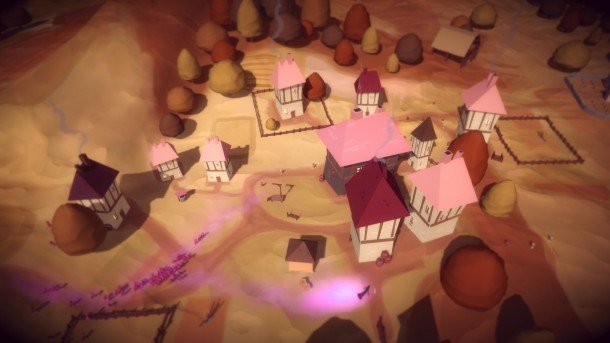
"They may all have the plague, but they're dancing around and they've got these really cute animations."
It's not just the locations, which are gorgeous, tilt-shift inspired dioramas of cities, villages and castles. Characters have also been designed with an eye to absurdist charm. "The 17th century was a pretty rubbish place to be - especially if you were poor. So they're all trundling around looking a bit upset, and then as soon as they're on your side, they may all have the plague, but they're dancing around and they've got these really cute animations and things. You can put them in a circle and do ring around the roses and things."
The biggest gaming news, reviews and hardware deals
Keep up to date with the most important stories and the best deals, as picked by the PC Gamer team.
Protagonist Grim doesn't fit with the traditional dark, cold Reaper stereotype, either. Ambient have been teasing the character's backstory in a short comic posted on their site. "He's going home and he's got these little scythe secateurs and he's tending his rose bushes and he's baking and stuff like that. He's just going against the grain a little bit."
Grim's colourful side is well represented in-game. He trails a pink pox cloud for his infected wards to merrily follow, and his special abilities are all firmly tongue-in-cheek. There's exploding livestock, plague rats, pigeons and "norovirus brunch," the concept art for which depicts a villager happily puking his guts out. Gross, but kind of adorable.

The inspirations here should be obvious, especially given the Guildford connection. "These old Bullfrog games have got that timeless classic quality about them. And so if we can channel some of that stuff... And they're all kind of comic as well. They're not saying "we are comical", I think, and there's something really good about that, because it's much easier to do that than be a comedy game."
Dead's Army
Behind the lighthearted tone is a set of systems that hold the potential for some complex tactical interactions. The main control scheme has you click-and-drag to "paint" a path across the ground that your infected army will follow. It's a nod to accessibility - allowing players who aren't adept at the intense micro-orders required of a traditional RTS to easily issue commands.
During our chat, Hopper offers an unlikely comparison. "You know the beginning to Dad's Army? The arrows. I love that kind of war-game mechanic of being able to see what is going to happen while it's happening. Because I can then go 'okay, archers to the left and go up a hill,' and you'll be able to see the trail of where they're going. And then you can send your vigilantes down the middle, and your cavalry around the back, for example. And you'll be able to see these paths and you can remember what you're doing."
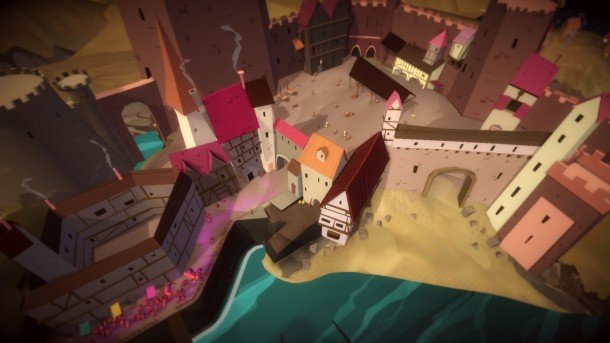
There's a natural learning curve here. Your army's size balloons out as you 'recruit' more of an area's population. Unarmed villagers may be weak, but if they can successfully infect a troop of archers, your tactical options are expanded as a result. "You can infect the big guys, or the archers, so you're going to get your own group of archers, and you can control them so you can do your own ranged attacks."
"There's a bunch of different classes of people. There's villagers, and there's vigilantes, which are slightly less crap and they've got pots and pans on their heads. Then there's these soldiers, which are these big guys, and archers, and I think musketeers and cavalry. Crazy things, but they all do retain their abilities. So you definitely have this quite varied army."
"Imagine trying to navigate your troops gently through bear traps. It's a little game in itself."
Painting your commands also allows a level of finesse that would be hard to pull off with a more traditional RTS control scheme. Hopper reveals that the team are planning to add bear traps. "Imagine trying to navigate your troops gently through bear traps. It's a little game in itself. Rather than going, 'it's a minefield, I'll click a route round it,' it's like, well actually I can do this. I can send them this way." And with no reliance on AI pathing, get it wrong and you've only yourself to blame.
Physics will also play a part in your tactical options throughout the RTS portion of the game. "Joss [Moore] is our mega coder. He used to be on the Fable games and did a lot of the combat systems, and AI I think as well. He's incredible. And he just sat there, and one day he turned round and said 'Jonny, I really want to do this thing where all the guys just interact with everything, but physically.' And I said that sounds great, go for it. And he prototyped this thing in like a day."
The example Hopper uses is a trebuchet. By drawing a circular path around a wheel attached to the machine, your troops will spin it, lowering the trebuchet. "And it's not a trick," he reassures. "It's literally turning the wheel because they're pushing on it and you've told them to do it." Once lowered, you can send some troops into the device and others onto the button that fires it - their weight activating the machine and flinging your soldiers over a wall.
"It's just brilliant. Because everything is physical like that, we can do stuff like, if you have a critical mass of people in your horde, you could push open doors for example. Just like water forcing itself through a crack. So there's loads of these things that I've not seen before, and it's going to allow us some really interesting tactical things."
SimSicky
The real-time strategy element is just one part of the game. "We've got this business sim side of it, which is like... in some ways it's a bit Dungeon Keeper-y, it's a bit Theme Park/Theme Hospital-y, but with less of the hospital creation side. You can still do that stuff, but we're not going to go the whole hog, because we haven't got the capability."
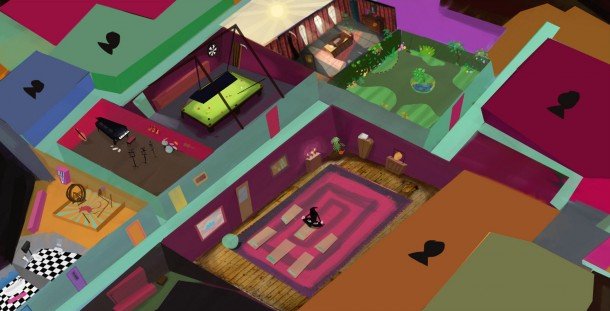
"You're starting literally in a basement - and it's Grim's nan's house. And you're starting in his nan's basement, and you expand the basement basically. You use those grave-digging skills."
"You might put in a kitchen, so you can cook up better norovirus."
With no base-building to the RTS part, the sim layer acts as Death Inc.'s macro game. Souls collected from dead humans out in the field are used as a resource to upgrade your business empire. "So you can spend the souls on expanding your office. We've got all these great ideas for how you can do that and the different rooms you can get. So you might put in a kitchen, so you can cook up better norovirus. You might have some table football and stuff for your staff to relax."
The staff you can hire are one of the options for expanding the profitability of the business. "It's a metagame thing where they will go and automatically complete side-missions to give you more resources. It's a different side of that strategy business sim thing. So you can choose to invest a certain amount of resources in that, and it might pay out and it might not."
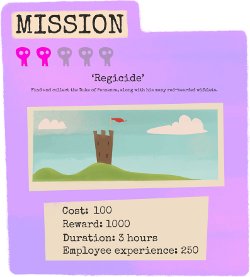
If it does pay out, your success will be reflected against other reaping corporations. You're not just going up against the in-game Ministry of Mortality, but with other budding death dealers. "We're going to involve leaderboards and stuff like that so you can see how well you're doing. I'd really like that to be a global thing, or if we were using Steam achievements, for example, it could be your Steam friends and how well they're doing in comparison. In that sort of sense, there'll be other fictional businesses going on that you're competing against, but there'll also be the real ones."
Leaderboards aside, Hopper isn't willing to speculate on the possibility of multiplayer. "It would be cool, wouldn't it? To have different reapers in the same game. Trying to attack the same castle and get souls for themselves. That's probably about as far as I should go with it." In practice, the decision boils down to the performance of the Kickstarter. As Hopper notes, "That's part of the Kickstarter fun isn't it. You'll know if that's something people want to see."
Incubation Period
For a team comprised of people used to AAA releases, the Kickstarter campaign has been a drastic departure from their norm. Death Inc.'s development began in late-November. Just ten weeks later, Ambient launched their crowdfunding bid, and started showing off their work on the game. "It's so so early, which is so exciting, but it's such a disruption of how games are normally made. I've got a console background, and you work two years on something - eighteen months, two years - before your publisher lets you reel anything. And it's so frustrating because you think, 'it's so fun, it's so good, I want people to know about it.'"
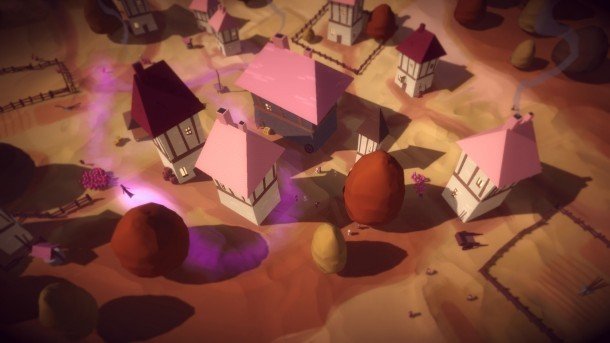
"We're turning that on its head. But it's really scary, because obviously you're really open to criticism. Sometimes it's hard to see what the goal is, and we've got to always keep that goal clearly in our heads. 'What are we trying to make? How are we trying to make it? Do we believe it's going to be good? Yes we do, okay let's keep going.' It allows feedback and stuff as well, which is really good."
Nerves aside, the team are planning to jump feet-first into the depths of community feedback - from Kickstarter and community comments, through to alpha and beta tests, due to take place in June and August respectively. "We really can't wait for that, I think. Seeing people play your game is just the most exciting bit. And on any game, when the beta starts going out, and you start getting feedback and people start getting really invested in it that way - it's just the coolest thing. As soon as we can do that the better I think."
If all goes to plan, Death Inc. will release in October. After that, the game's direction will be decided by the success of the Kickstarter . "The sky's the limit. If people keep supporting it, we've got loads of really cool ideas for what we can do to take it on."
"I'm really excited about the idea of add-on packs that are different historical periods. So the ancient Egyptian pack would be really good. And the Romans ... I've always loved the idea of looking at historical periods and doing things like that. So taking Grim T. Livingstone to the Romans or to Renaissance France could be really interesting."
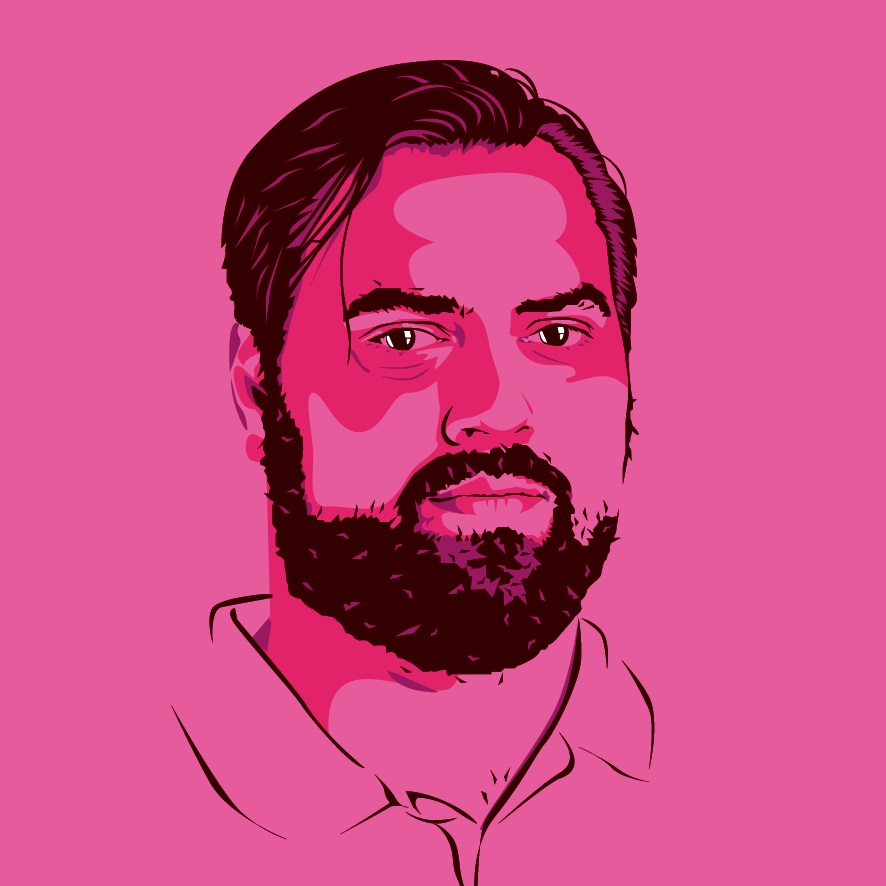
Phil has been writing for PC Gamer for nearly a decade, starting out as a freelance writer covering everything from free games to MMOs. He eventually joined full-time as a news writer, before moving to the magazine to review immersive sims, RPGs and Hitman games. Now he leads PC Gamer's UK team, but still sometimes finds the time to write about his ongoing obsessions with Destiny 2, GTA Online and Apex Legends. When he's not levelling up battle passes, he's checking out the latest tactics game or dipping back into Guild Wars 2. He's largely responsible for the whole Tub Geralt thing, but still isn't sorry.

